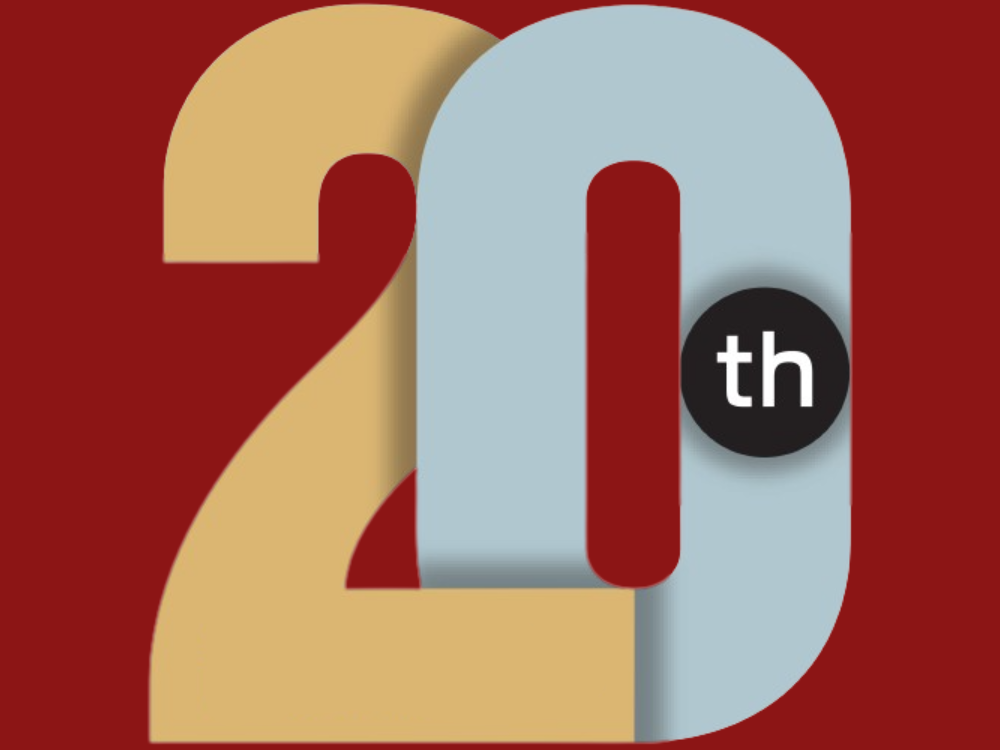 (Illustration by iStock/akinbostanci)
(Illustration by iStock/akinbostanci)

Despite the uncertainty and unknowability of the future, there is growing recognition that the way we think about and imagine the future, and our expectations as to what will happen in the future, guides and directs actions today.
As an individual, I may stockpile canned food if I believe a pandemic will cause food shortages; as a leader in the community, I may organize a canned-food drive based on the same expectation. Even if this imagined future does not materialize, it is guiding my decisions and actions as an individual today. These collectively held expectations and images of the future are guiding and directing investments, attention, activity, and resource allocation in the wider world.
Yet, given their importance, limited attention has been paid to where and how these collectively held images of the future emerge, and importantly, who cultivates them. Are we really going to leave it up to celebrity billionaires like Elon Musk to tell us what the future will look like? We need to take the practice of future-making more seriously and explore how we can mobilize the practice to generate social innovation and necessary systems change.
Defining “Future-Making”
We evoke “the future” in many ways: future of work, future-proofing, future generations, facing the future, saving the future, and so on. However, anthropologist and futurist (and fellow Australian) Genevieve Bell makes the point that, among all this evocation, we often fail to consider important questions such as: Who gets to talk about the future? Who gets to predict its path? And who gets to advocate for a particular unfolding of the future?1 In short, who does future-making as a practice, and how do they do it? These questions are important to answer given how powerful imagined futures are in driving economic activity and social impact.
Within organization and management theory, future-making has been defined as “the work of making sense of possible and probable futures, and evaluating, negotiating, and giving form to preferred ones.” 2 Future-making gauges and guides diverse organizational relations and processes, including strategy and entrepreneurship.3 In this way, it is a cornerstone for understanding the temporal dynamics of different types of organizations, in addition to economic activity, and is a growing line of scholarly inquiry.
There are several conceptual approaches to future-making. One approach is to consider it as a pragmatist inquiry, where we engage with representations of the future (visual or verbal) that make the future particularly available for consideration in the present.4 The future is represented and made present verbally in narratives, or visually through texts, pictures, or notations such as graphs. Consider those ubiquitous graphs of exponential hockey-stick growth that populate start-up pitch decks. Or the current narratives around how AI will disrupt financial markets or transform impact measurement; that is, the future in certain ways, for certain people, or certain organizations. Representations enable participants to engage with such futures, making judgments and seeking to develop, directly and indirectly, their preferred futures and take action toward it.
Another approach to future-making is to engage in “possibilistic thinking.” 5 This is a cognitive practice that involves the systematic deconstruction and interrogation of the assumptions upon which existing solutions are based to develop new worlds. It requires both widening of attention toward longer time horizons and interdependent systems, and fine-grained attention to local anomalies.
Why Future-Making Matters
The sociologist Jens Beckert beautifully describes the important role of “fictionalized expectations” in market dynamics: These expectations, based on a certain imagined future, drive activity in an economy or throw them in crisis when they fail to materialize.6 Future-making, therefore, matters because, according to Beckert, an imagined future motivates and organizes activity in an economy “despite the incalculability of outcomes.” 7
Social innovators need to consider how to cultivate or shape an imagined future, and also how this may present a challenge in motivating and attracting resources and commitment to particular social change efforts. For example, without a consideration of future-making, we may often be working retrospectively, in a post-hoc fashion, where we are trying to redress the problems of the past in the present.
This may lead us to generate new solutions or innovative ideas that are still within the same social structures or systems, which are implicitly embedded in a certain idea of the future, and which are reliant (or rather stuck) in the same economic growth narratives. This makes it very difficult to think beyond the existing system, to make the cognitive and paradigmatic leaps required to address grand challenges, or to achieve systems change.
Rethinking the Future
There are several things that individuals and organizations can do to improve how we deploy future-making for social innovation and social impact.
Social innovators need to consider how to cultivate or shape an imagined future, and also how this may present a challenge in motivating and attracting resources and commitment to particular social change efforts.
Create alternative imagined futures. Recent studies suggest that a way to start the future-making process is to examine sites of hyper-projectivity, such as community and policy forums, public debates, sources of hype (for example, around new ideas or technologies), and science fiction.8 Opening up to possible alternative futures means that loonshots (crazy ideas) are not so readily dismissed, and attention is paid to what is happening at the fringes of a field or industry, or in the spaces in between fields, or to local anomalies. Looking for pockets of positive deviance and examples of real utopias can provide evidence that an alternative may work.
Consider how your organization may practically get at these sites. Where do you source your research, and is it providing breadth or only depth? How do you engage or access organizations that are working on new ideas or technologies? What is the role of feedback loops in considering what might have been? Can you use counterfactuals in your strategy-making processes? How do you visualize the system in which you operate, and do you have a sense of the interdependencies and the outer limits or breaking points? And importantly, who is doing the future-making, if not you?
Legitimize an imagined future. We need to be aware that some imagined futures are accepted as more credible than others and so, at an organizational or policy level, it is important to consider which stakeholders are involved in the future-making process and how this may assist in developing legitimacy. One should consider both internal and external stakeholders, and the capacity of digital platforms to broaden stakeholder engagement. Also consider the role of social proof when material proof is not available and how that may assist in building legitimacy: Does the proximity or endorsement of certain stakeholders generate legitimacy? The diversity of stakeholders is also an important consideration, especially in sustaining the emotional energy often needed to cultivate belief in an imagined future.
Take action toward an alternative imagined future. For organizations and policy makers, it’s important to reflect backwards from an imagined future and identify desirable pathways to get to this imagined future. This enables the present to be interrogated and reveals what is stopping that future from being realized.9 We can then ask: What would it take to scale these alternative futures?
If we take future-making more seriously as an organizational and policy practice, and don’t leave it up to individual celebrities to tell us what the future will look like, it provides us with a powerful tool that may generate new ideas and forms of innovation that we desperately need to transform existing systems and radically rethink how we organize and govern for social impact.
Support SSIR’s coverage of cross-sector solutions to global challenges.
Help us further the reach of innovative ideas. Donate today.
Read more stories by Danielle Logue.

